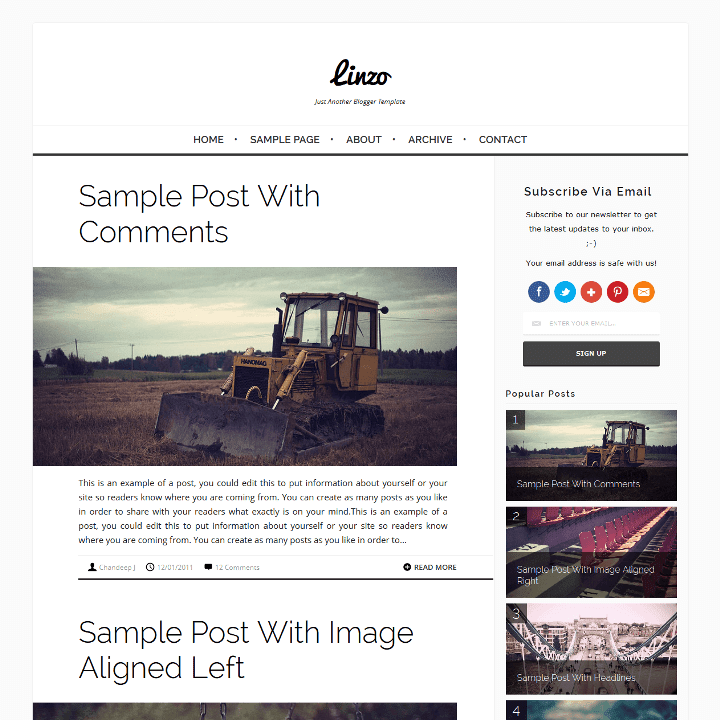

- TWO COLUMN RESPONSIVE LAYOUT TEMPLATE FULL
- TWO COLUMN RESPONSIVE LAYOUT TEMPLATE CODE
- TWO COLUMN RESPONSIVE LAYOUT TEMPLATE DOWNLOAD
We’ll need to strip some inherent styling from the document in order to use up the full client or browser window as our canvas. The HTML email body or tag in our HTML email document is the start of setting up our document’s appearance in email clients and web browsers.
TWO COLUMN RESPONSIVE LAYOUT TEMPLATE CODE
If you plan to have your HTML Email Template display on the web, it’s a good idea to include a title tag for the user to see and for the page to be bookmarked in a users browser. Hi Ryan I find the 2 column set-up works beautifully for all of one thingI cannot get menu inserted that does not go into the left column Could you tell me where to insert the code for this to workI really appreciate an answer and thanks for this great tutorialJoan. Learn more about Dark Mode in HTML Email here. It is quite difficult to break away from a standard grid structure, with a system of well-organized columns and rows placed at regular intervals to provide a stable and responsive framework for multimedia and content. Websites Examples Nataly Birch Septem 6 minutes READ. The last set of meta tags included in the head of the document is for dark mode which lets dark mode compatible email clients and web browsers know that it can choose from the light or dark version of the template based on the user’s preference. Ripped in Half: Websites with 2-Column Layouts. Next we’ll control the layout on mobile browsers and to make it so the scale is set to the zoom of 1 or 100% when the email template is seen on mobile: Now we’ll add a compatibility meta tag for the rendering of Internet Explorer and Microsoft Edge web browsers:
TWO COLUMN RESPONSIVE LAYOUT TEMPLATE DOWNLOAD
Download All Demos (responsive-columns.zip 155k) Home Products Services About Contact Main Content This layout responds to all screen sizes. The header includes meta tags, which are similar to those used in the latest web development practices, to tell the browser or email client how we want our content to display.įirst we’ll declare the character set of the document which is “UTF 8” or the standard character set for numbers and letters on the internet (and in email). 'Left Sidebar' 2Column Responsive Layout Semantic HTML5 Full browser support Fully customizable SEO friendly This layout uses the Responsive Columns layout system. Now that we have our doctype sorted out, let’s direct our focus to the header of the HTML document. Here is the complete document type HTML with the xml namespace link included for the xlmns attribute in addition to language english: Some may argue that the HTML5 doctype is OK to use for email, but the best testing service for email designs (Litmus & Email On Acid) still recommend XHTML Email Doc type as it allows for proper rending on all email clients. In HTML email, the simple answer to “what is the best email doctype?” is whichever one works in the most email clients (such as Outlook). If you need more guidance on creating an HTML document and getting started with a text editor, please see the resources page where there is an introduction to the Visual Studio Code Text Editor. The DudaFlex beta is available to all current Duda customers, and will be rolling out to new customers throughout June and July, 2021.Let’s first start with our email doctype for our template since this is the very first part of the HTML document we’ll be building inside of for our email design. Important Note: As of the drafting of this post, DudaFlex is still in beta. With DudaFlex, you get the power of CSS grid-based designs in a fraction of the time it would take to develop them using the traditional coding methods outlined below. The power of CSS grid is incorporated into Duda’s editor via new DudaFlex sections, which enable digital marketing agencies and their customers to create pixel-perfect designs at breakneck speed inside our intuitive drag-and-drop site editor. This means that whether you use code to create a CSS grid template, choose from grid template starters, use a theme built via grids, or use some plug-and-play design elements in a website building tool like Duda, it pays to understand how CSS grid templates and grid template areas work. Grids make it easy to place elements into both columns and rows. Many modern websites are built using grids, which divide a page into major regions and define the relationship between elements in terms of size, position, and layer.

One way to satisfy this business need is to use CSS grid templates and CSS grid template areas.

For website professionals, saving time on website builds and mockups is a must to stay competitive and profitable.


 0 kommentar(er)
0 kommentar(er)
